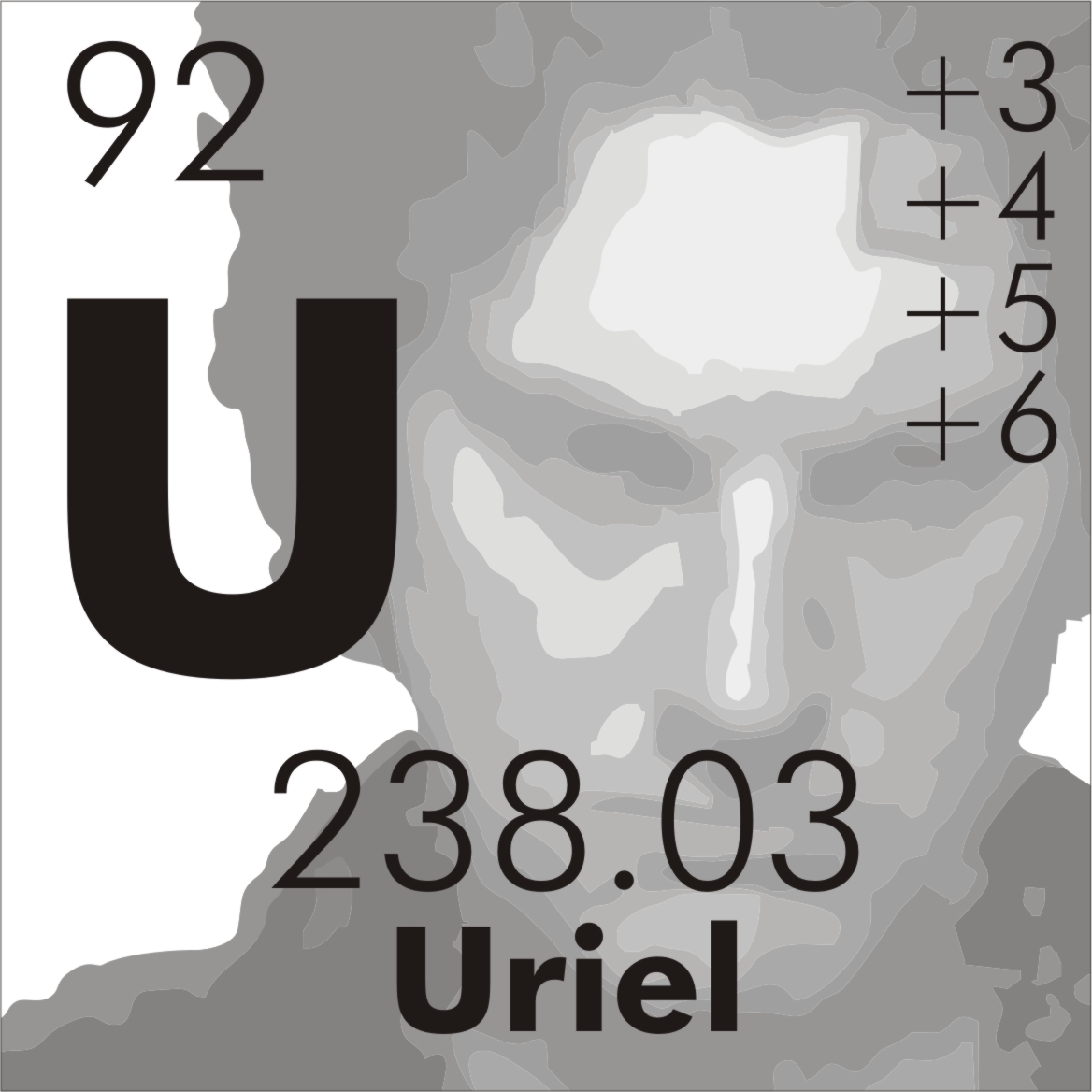Wait until you discover what system they used for the Apollo missions
I’m waiting
Internal calculations were are all done in metric, but converted to traditional US units because many of the astronauts were pilots and more used to them
imperial system is based on metric(on wikipedia) so they calculed on metric, converted to imperial, that is basically metric but worse
Kinda sorta not really.
One problem with units is defining them precisely.
For example, a meter is ostensibly “one ten-millionth of the distance from the equator to the North Pole along a great circle”. That’s not exactly precisely defined because the earth isn’t a perfect sphere.
So currently, a meter is defined to be the distance light travels in a vacuum in 9192631770 / 299,792,458 hyperfine structure transitions of caesium-133.
Rather than doing the same sort of thing with updating the standard definition of a foot or pound, the US just piggybacked off the work precisely defining metric units and defined imperial in terms of metric.
So now a foot is officially the precise distance light travels in some number of hyperfine structure transitions of caesium-133, and the US government didn’t need to do a thing.
If only they made a meter equal a yard. I’m okay with a bigger yard.
math 😔
That’s not helpful. We all know what the apollo program was but where in the article does it talk about the system of measurement?
LoL, @shootwhatsmyname sounded like they might want something to read while they were waiting. Have you found it yet, @lugal?
Sorry, I misread your comment. I didn’t but someone else answered the comment
Someone once told me it was 20 degrees Celsius out. I didn’t know if it was snowing, blazing, or if he was moving at 50 furlongs a minute.
This is exactly how I feel when my American colleagues discuss the weather in Fahrenheit.
0: Fuck, it’s cold out there!
100: Fuck, it’s hot out there!
If you go somewhere outside this range - leave.
Fahrenheit is, surprisingly, somewhat intuitive in the very specific case of weather.
Not that it never goes beyond the extremes of the scale, but very broadly speaking, 0-100 F is your weather range, with 0F being cold as balls and 100F being hot as balls.
The balls scale of weather temperature is significantly less intuitive.
Only in america, though. The rest of the world has a more diverse climate and it actually gets proper hot and cold here.
I feel like no matter where you go, most people would agree that 0F is really cold and 100F is really hot.
Again, not that it never goes beyond those, but it’s a quick and effective scale.
People’s sense of temperature varies with climate. Canadians go to work in shorts at 10C, while australians think 10C is colder than Ymir’s frozen armpits
Celsius
- 0° : freezing water
- 100° : boiling water
Farenheit
- 100° : I love you darling
- 0° : We’re all gonna die
Both
- 50°C and 50°F : Not a good temperature for a bath
A propos the last one: the only temperature where fahrenheit and celsius are the same temperature at the same number of degrees is at -40°
So in To Build A Fire when it’s -70° it doesn’t matter what it is, the sad hidden ending is the dog freezes too.
Not being used to F at all, it seems to me that C has at least least some very notable landmarks - 0 frozen, 100 boiling. I have zero landmarks for F
There are people in the US who will fight tooth and nail to defend the imperial system, as if it’s superior in some way. It just doesn’t make sense to me. It’s harder to learn, completely inconsistent, and unlike standard metric, there is no scientific basis for the measurements. They’re just random distances that someone made up.
Tell me, what’s easier to remember? 0°C or 32°F? 100°C or 212°F? 1000m = 1km or 5280ft = 1mi
It’s actually kinda weird that they use dollars and cents and not pounds, shillings, pennies and farthings, because that feels much more compatible with the imperial way of thinking.
You’re right actually, when you think about it $1 being 100 cents is basically communism. $1 should be 57.93 cents
I think even using decimals like that seems un-American, because I’ve always been told that fractions are what makes imperial so easy. Everyone loves calculating fractions after all, so perhaps a cent should be 1/37th of a dollar.
Imperial basically developed by picking a useful measure at each given scale.
For example, a mile was originally 1000 paces, and wasn’t standardized at all. The first Roman legion to march down a road would stick mile markers down based on the length of their stride.
A furlong was one agricultural furrow long - the distance you’d plow with your Ox.
A foot was originally someone’s literal foot.
It’s inconsistent for the same reason a meter doesn’t go neatly into a light year. That doesn’t make it good, but it’s a very human system of units.
At the very least get the history right. Fahrenheit was defined so that a temperature stable brine solutions temperature was zero, because it was easy to create for calibration, and that the freezing and boiling points of water would be 180° apart, because circles and temperature gauges have a natural link.
Redefinition of the scale to make it line up with metric has led to some minor drift in the definition.
The good criticism of fahrenheit is that it’s non standard, not that it doesn’t have round numbers for two states of one substance.
Easy. 80f is 80% hot. 90f is 90% hot. 110f is 110% hot and so on.
That doesn’t make sense at all lmao
That implies 0F is either
A - Zero hotness at all, so as cold as you can imagine
B - Zero feeling of hotness or coldness, an ideal room temperature
I don’t think either of them are true. Really, that mnemonic only starts working above 70 if you ask me.
Of all the parts of the imperial measurements, temperature is the one I’d keep, at least for weather measures. It’s a human centric scale rather than scientific, so 0 is cold, 100 is hot, but both are survivable with the right cloths and an accommodating environment. If you get outside of those it starts to get particularly hazardous in either direction though and even near the ends it’s ‘take some heavy precautions’ territory.
It’s also useful that a moderate climate on average won’t go much higher than 100 in the summer, or lower than 0 in the winter. So you know if it does then either that day is an outlier, or you don’t live in a moderate climate. So it makes that information just a bit more intuitive. Speaking as a Michigander at least, that’s what those numbers mean to me.
I hope that holds true, given we just had the twin cities marathon canceled for excessive heat in October, in MN where we still mention the Halloween blizzard of 94 in hushed tones, that scale might need recalibration.
Yeah it’s definitely drifted a bit since Fahrenheit was first conceived what with climate change and all. That doesn’t mean the scale is wrong, it means the moderate climates are slowly moving elsewhere.
Maybe we just discovered an instant solution to global warming, just readjust the temp scale. Move everything up by a couple dozen degrees and suddenly we’re in a new ice age. 🤔
I see what you mean, but the freezing point of water is arguably the most critical temperature when it comes to weather. Celsius is easy in this regard.
+3°C? => Precipitation will almost certainly be liquid.
-3°C? => Precipitation will be mostly solid and any possible rain or drizzle will be supercooled, forming a sheet of ice on whatever it lands on. Look out for slippery roads!
It was the uncomfortably long soul patch. That’s what he did and we deserved it.
quick! the Imperial system is under attack. Only you can save it. Tell me, how many barleycorns in a chain?
Easy. 1 chain = 2376 barleycorn
thank God you were here. we couldn’t have managed another decasecond without you
A… WHAT SECOND?
You can suck on my metric system lmao
Whatever helps make that number bigger so you feel better when measuring!
Except when brittish money
What have we done to deserve this?
Nothing, you don’t need to do anything particularly good to deserve the metric system. It is given free of charge to all people!
But I love having to add fractions with different denominators and getting it wrong!
That’s okay, youl still have time for that.
It is given free of charge to all people!
As a French dude knowing about another small petty French dude named Napoleon, I wouldn’t say it was always given free of charge.
Metric system (cavalry charge included)
Kept breaking things by using us customary for the most part
I’m just wondering what we did to deserve the inch becoming 25.4mm instead of just 25 XD
deleted by creator
5cm ≈ 2 inches up to about a foot.
Here is an alternative Piped link(s):
We already are on the metric system.
Piped is a privacy-respecting open-source alternative frontend to YouTube.
I’m open-source; check me out at GitHub.
US Metric Association - Origin of the Metric System (https://usma.org/origin-of-the-metric-system)
National Institute of Standards and Technology - Metric Policy - https://www.nist.gov/pml/owm/metric-si/metric-policy
https://en.wikipedia.org/wiki/Metrication_in_the_United_States
Im stuck with in Canada.
So frustating that american carmake gone to metric
Sir, it’s called a speedometer not a speedoyard.
deleted by creator
Thx you
You mean you’re blessed with non idiotic units that are easy to convert and you don’t have to get out a calculator every time you need to convert between random body parts, right?
















